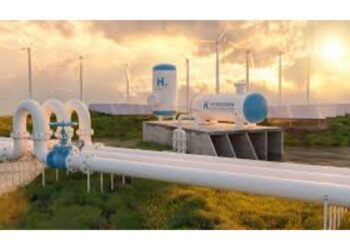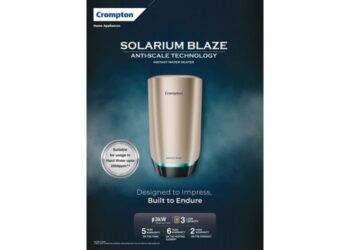The Tamil Nadu Electricity Regulatory Commission (TNERC) has announced the draft Tamil Nadu Electricity Regulatory Commission (Terms and Conditions for Green Energy Open Access) Regulations, 2024. These regulations are designed to ensure non-discriminatory green energy open access (GEOA) through the intra-state transmission systems (InSTS) and the distribution system of state licensees, including those related to inter-state electricity transmission. The draft specifies the method for calculating open access charges and banking charges for green energy consumers.
The duration of the consumer’s usage of the InSTS and/or distribution system determines the category of consumers requesting open access. This includes (long-term – between 12 years and 25 years, medium-term – between three months to three years, short-term – for a month). Eligibility requirements for GEOA involve ensuring correct installation of interface meters at both the generator and consumer ends, adhering to metering standards established by the Central Electricity Authority, and meeting the state’s regulations on grid connectivity and intra-state open access.
The commission will set the following charges: transmission charges, wheeling charges, cross subsidy surcharge, additional surcharge, banking charges, standby charges, reactive energy charges, if any. Other fees and charges include state load dispatch centre fees, scheduling and system operation charges, deviation settlement charges, among others.
The regulations specify the order in which renewable energy curtailment should be prioritised. If curtailment is required due to transmission or distribution limitations, the sequence is as follows: first, short-term non-GEOA consumers; next, short-term GEOA consumers; then, medium-term non-GEOA and GEOA consumers; and finally, long-term non-GEOA and GEOA consumers. Distribution licensees are curtailed last. Metering standards require GEOA generators install both main and check meters. All metering equipment must be well-maintained and accessible for inspection by authorised personnel. The metering and interconnection points must be located at the closest substation of the transmission or distribution licensee.













